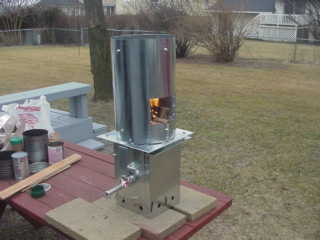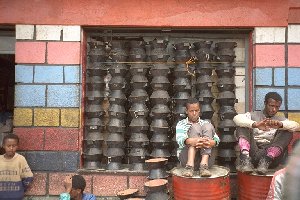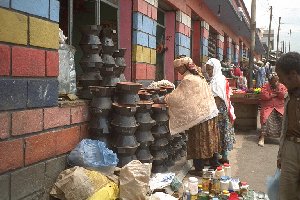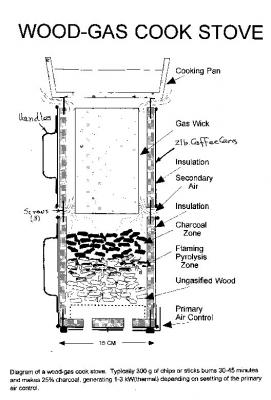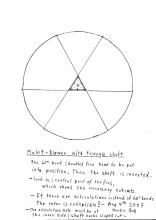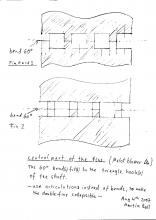Andrew J Heggie June 2002
Here I post pictures which may help to explain the evolution of what I was trying to do with my steam aspirator. I have had it successfully running but whilst it sustains combustion in a device that self extinguishes in the absence of a fan, it needs much more fettling. In fact the steam content very much modifies the flame, such that I do not think my monotube boiler and nozzle are at all matched to the task.
I now think it would probably better suit when used to provide only primary air or as an eductor. In essence I must be achieving very poor mass and power ratios on the aspirator, such that Ken Boak's mechanical propeller could well have better conversion of the steam to air motion.
I have also now bought some other tubes with which to demonstrate.
Andrew Heggie
andrew.heggie@dtn.ntl.com
| My initial monotube coil (made from ~2.5m of cunifer brake pipe) producing steam in the flame of my small (2.5 litre table top demonstrator) cook stove being powered by a small electric blower. | 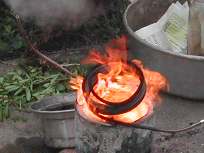 |
| Monotube Coil | |
| The same with a view of the pressurised water reservoir and a propane burner nozzle attached. |
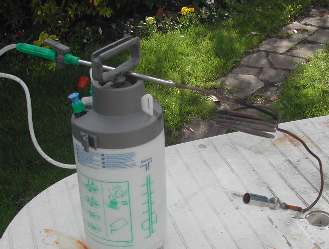 |
| Pressurized Water Reservoir with Burner Nozzle | |
| 6mm coanda nozzle operating on low pressure compressed air prior to being attached to the steam coil. |

